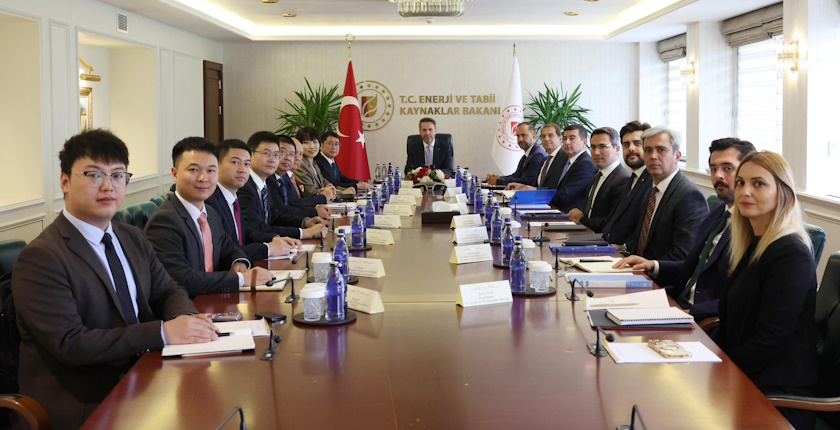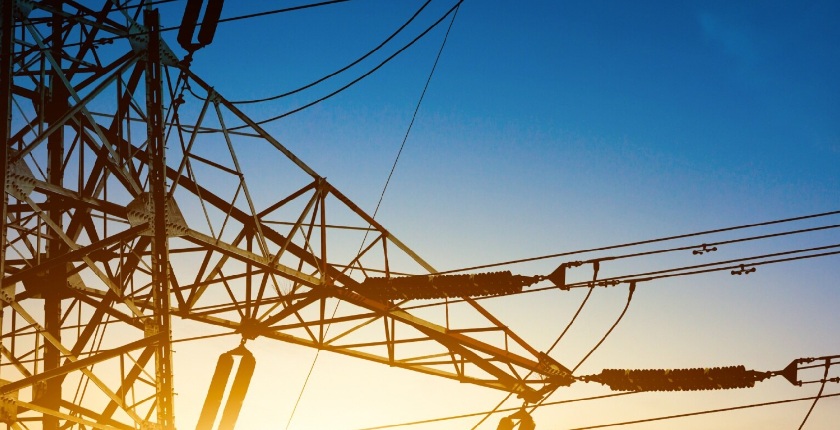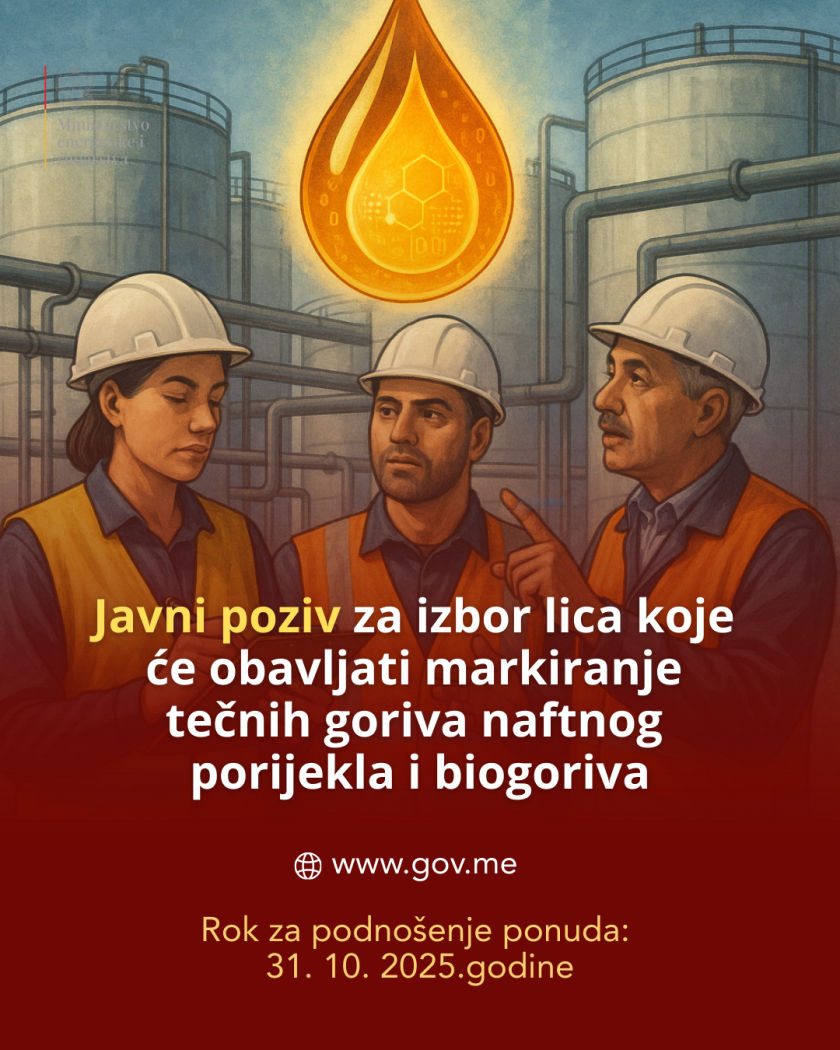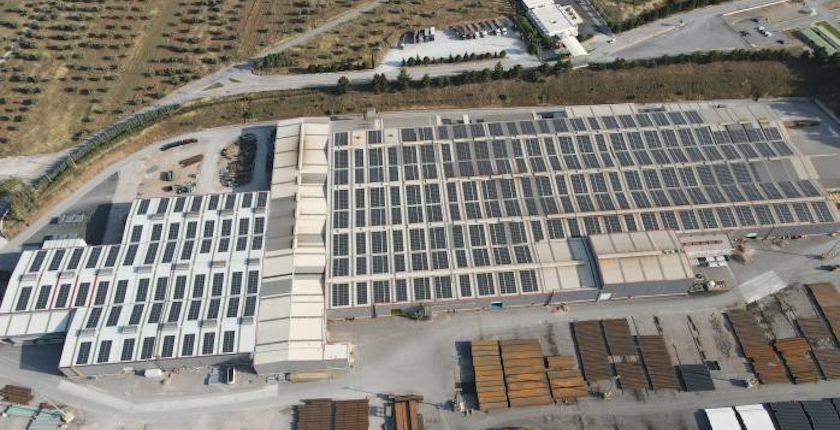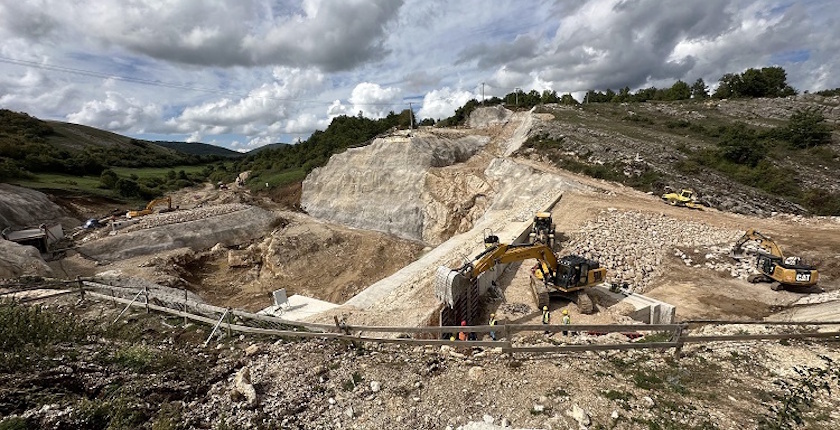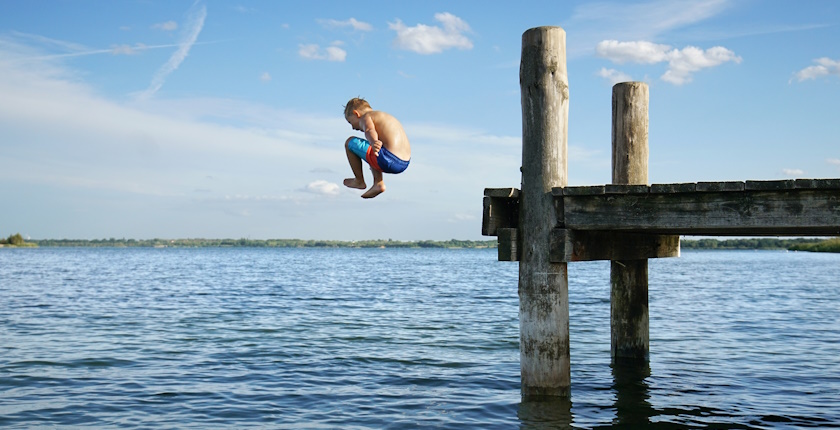
EU reaches water pollution prevention deal but with deadlines of up to 20 years
The European Parliament and Council of the European Union agreed, after almost three years of negotiations, on updated rules regarding the pollution of surface and groundwater. However, the co-legislators left a timeline of up to two decades for member states to comply with some of the obligations.
The Danish presidency of the Council of the EU and the European Parliament’s representatives have reached a provisional political agreement on a directive to review and update the lists of pollutants affecting surface waters and groundwater and corresponding regulatory standards. Standards would be changed for several pollutants, and new substances added, aligning EU water policy with the latest scientific evidence.
Denmark’s Minister for Environment and Gender Equality Magnus Heunicke called the deal “a careful balance between ambition and flexibility for member states.” It safeguards the health of citizens and future generations by reducing exposure to harmful chemicals, he added.
It’s been almost three years since the European Commission proposed an update to the lists of pollutants.
Bisphenol A flagged as priority hazardous substance
New substances in priority lists would include pesticides, pharmaceuticals, bisphenols and per- and polyfluoroalkyl substances – PFAS, also known as forever chemicals. Member states would be required to improve the monitoring and transparency of water quality.
Bisphenol A or BPA was found in urine of 92% of urine samples in one study
Bisphenol A (BPA) is designated as a priority hazardous substance. A study published a few years ago showed that the chemical was found in urine samples of 92% of participants from 11 European countries.
The Water Framework Directive (WFD) already requires member states to prevent deterioration of the status of water bodies, but it was framed generally.
The deal envisages an exemption for short-term temporary deterioration, and another for cases where pollution is relocated, by moving water or sediment. There are safeguards, particularly in relation to drinking water, the council said.
Rules for some of more harmful substances to come into force by 2033
Member states will have until 2039 to achieve compliance with the new standards, but a “strictly conditioned extension” is also possible, until 2045. In the case of substances with revised and more stringent environmental quality standards in surface water, the deadline for compliance is 2033.
Member states will be required to transpose the directive by late December 2027.
The co-legislators outlined a 20-year deadline for phasing out priority hazardous substances. When the Council of the EU and European Parliament officially adopt the directive, it will enter into force. Member states would need to transpose it into national law by late December 2027.
In the EU, 46% of surface waters and 24% of groundwater don’t qualify for a good chemical status, and differences between member states are extreme, the announcement notes.
EEB: Member states managed to delay, weaken obligations
Commenting on the water pollution prevention deal, the European Environmental Bureau (EEB) said member states have managed to delay and weaken obligations.
The lists of priority pollutants for surface and groundwater should be updated every six years, but the last updates were done in 2013 and 2014, respectively, it noted. In addition, EU-wide groundwater standards for pesticides and nitrates have not been revised since the adoption of the Groundwater Directive in 2006, the network of environmental groups pointed out.
“All over Europe, our waters are polluted with TFA, a small PFAS pesticide residue that can be toxic to reproduction. By not monitoring these substances immediately in all types of water bodies, the EU misses a significant opportunity to take water and health protection with the importance and urgency it requires,” said Manon Rouby from Pesticide Action Network (PAN) Europe.
The Council of the EU said that TFA, trifluoroacetic acid, would be added to the initially proposed sum of 24 PFAS for surface water.

